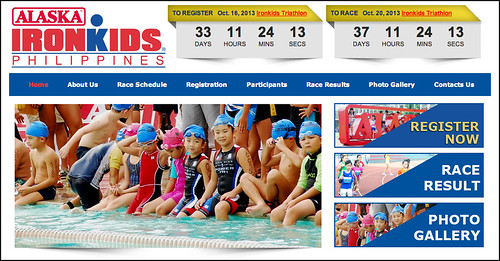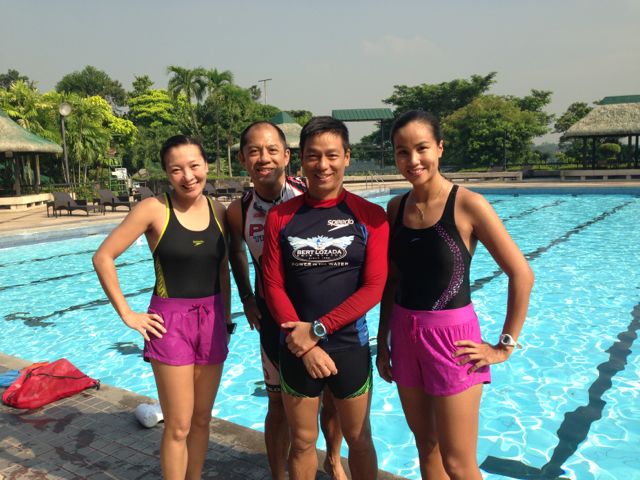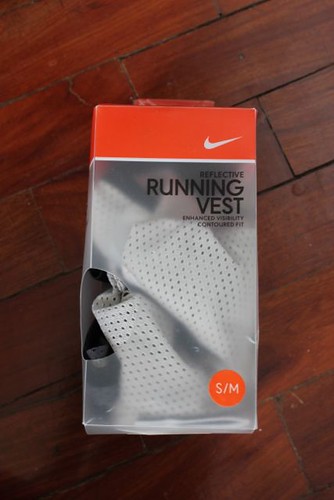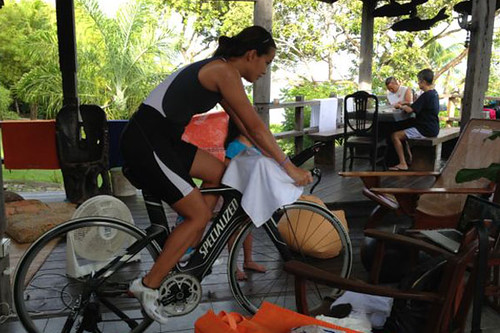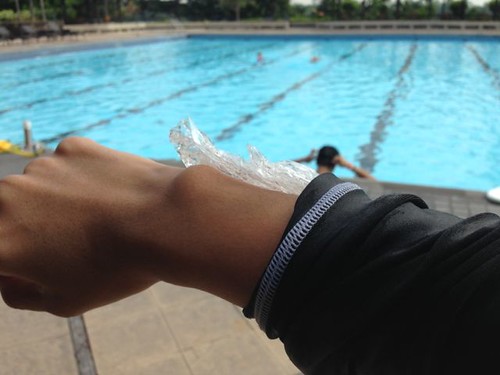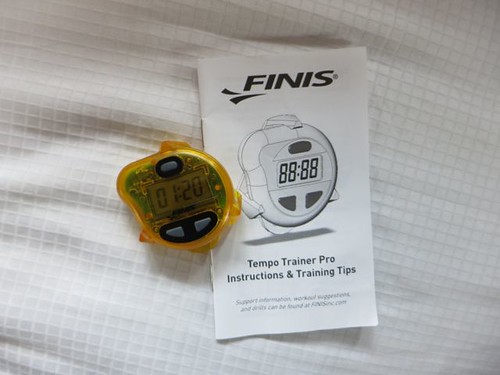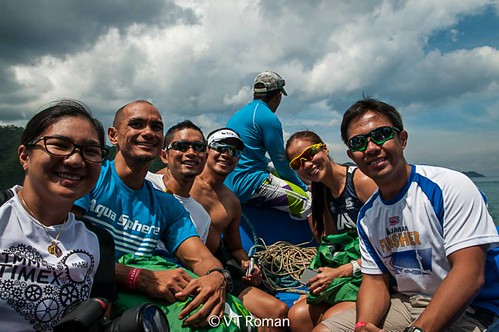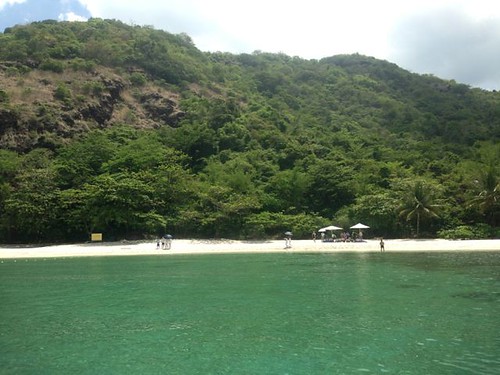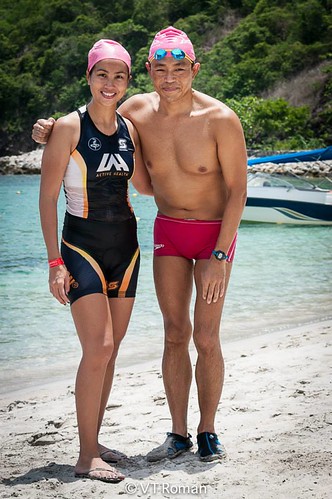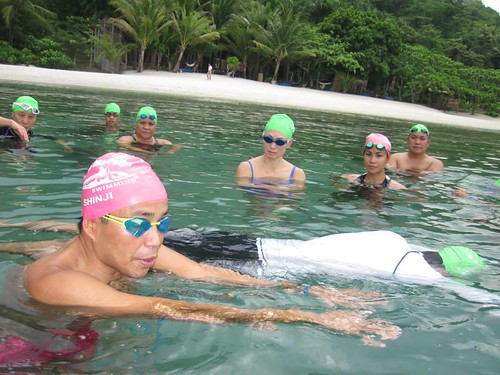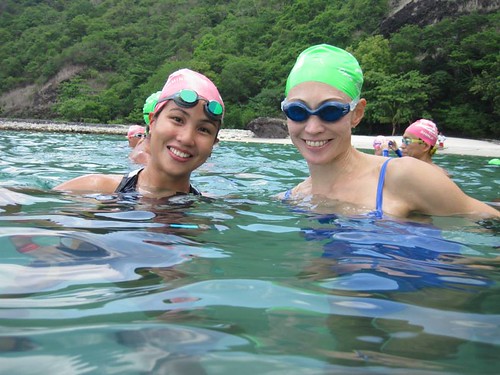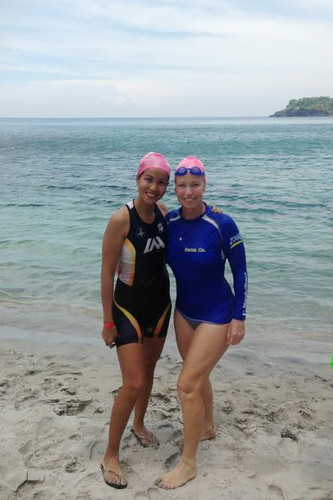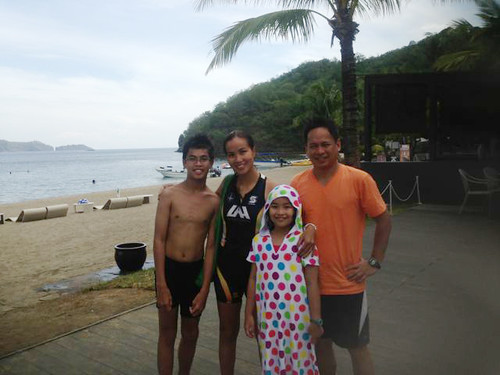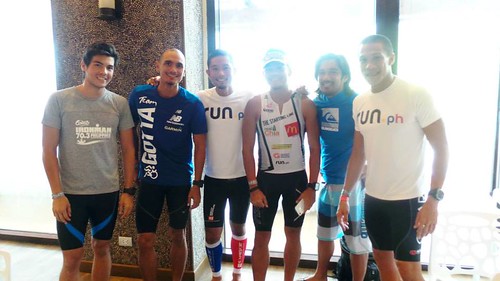Ironkids, Here Comes TBR Jr.!
We’ve made progress, baby! It’s only been a month since we first accepted the Quaker Challenge and it has definitely helped to get my kids moving and working for their goal.
TBR JR. SIGNS UP FOR IRONKIDS
Anton, my 12-year old, just signed up for his first triathlon: Ironkids on October 20, 2013 at Palms in Alabang. Woohoo! For Anton’s age category of 11 to 12 year old, the distance is 300m swim-10k bike-2k run.
Can I just tell you? I was more nervous registering him for this race than I was when I signed up for my first Ironman 70.3. Actually, I may even be more nervous than the participant himself! LOL
Anton also expressed worry over the 300m swim since he only took this up a couple of weeks ago, but I reminded him that all athletes feel anxiety before a race. You really just have to train hard, overcome your fear, and enjoy the entire experience. Thankfully, he seemed to have believed me, and it calmed his nerves somewhat. Sometimes, I’m just pleasantly surprised over how this not-so-little boy of mine is slowly gaining his confidence. Tissue please.
So far things are looking great. Anton’s swim has significantly improved with the guidance of Coach Norman and his assistant, Coach Jeff. We got him a new road bike 2 weeks ago so he can finally retire the P3,500 mountain bike from Cartimar I purchased last year when I scrimped on him. (Bad mom, I know!) He finally agreed to wear a trisuit, something this tween refused to do in the past. And, best of all, he is just genuinely excited about triathlon. In fact, he thanks God for it in his evening prayer! Seriously, it’s a triathlete mom’s dream come true!

– Fun drills for the kids –
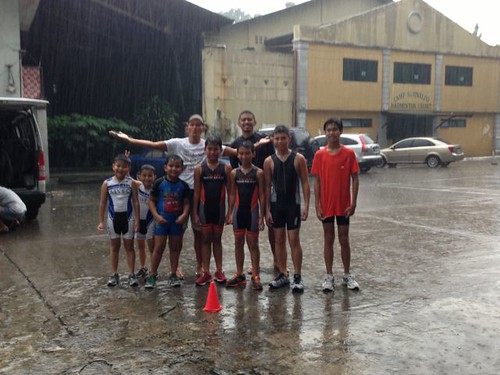
– Hardcore trikids continued training despite the rain and they had a blast too!-
LI’L MISS TBR SWIM AWAITS
As for Nia aka Li’l Miss TBR, we just had to wait for her school exams to end (done last week!) and for her birthday to pass (she turns 9 on the 25th) before she takes up swimming with Coach Anthony Lozada, my swim coach. She loved swimming with Coach Ria Mackay in her Aqualogic Swim sessions last summer so this should be fun for her.
In the meantime, I’m allowing Nia to enjoy her birthday week. Secretly, I’ll be busy planning for her sports activities while she counts the days till she turns 9!

– Li’l Miss TBR can’t think of anything but her birthday wish list. Here she is taking photos of the Littlest Pet Shop toys she hopes to receive –
ALL IN THE SPIRIT OF FUN
While I’m glad the kids are getting more active, I also had to remind them especially Anton, that this was still all for fun. The last thing I want is for them to feel pressured to perform and to dread or detest sports.
My goals as a Mom is clear to me from the onset: I want the kids to be more active so that they adopt a healthy, wholesome lifestyle as early as now. Aside from sports, I’ve also been serving them healthier meals at home—less dairy and red meat, more wholesome grains and veggies and fruits—to fuel them for their activities. (They actually don’t know that they’ve been eating healthier fare so let’s just keep this between you and me, okay?) This is really a holistic plan that I just hope they grow into naturally and eventually practice for the rest of their lives. Crossing my fingers!
This is part of a series of posts under the Quaker Challenge. It’s about the quest that my kids and I have to achieve our Quaker Goal to swim, bike, and run more. Read about it HERE.

